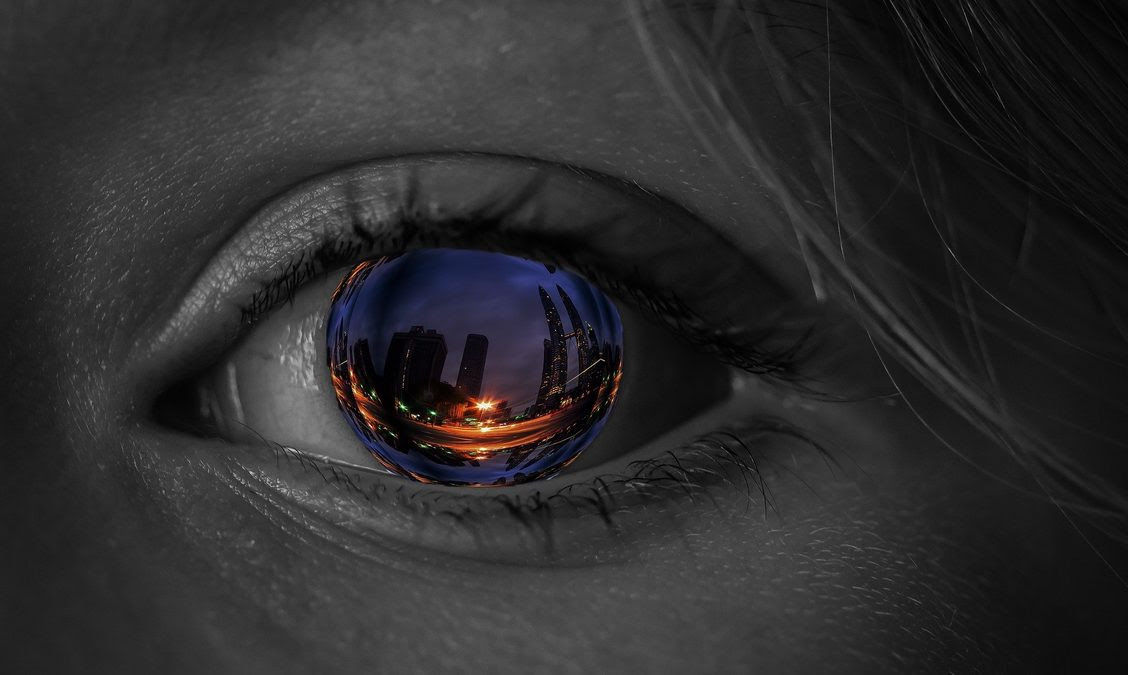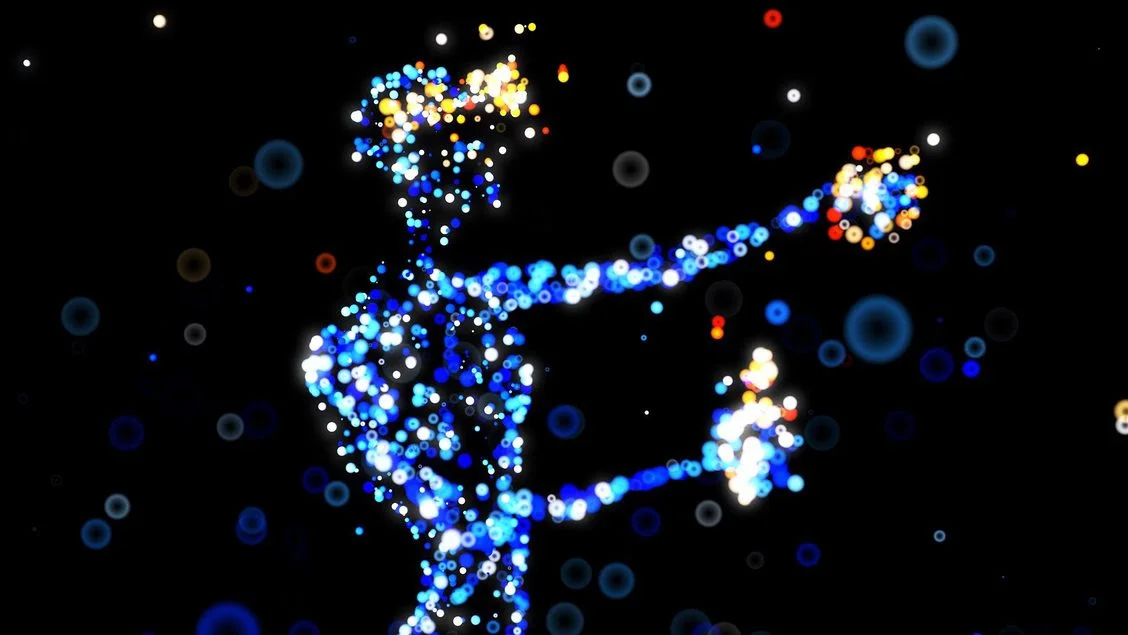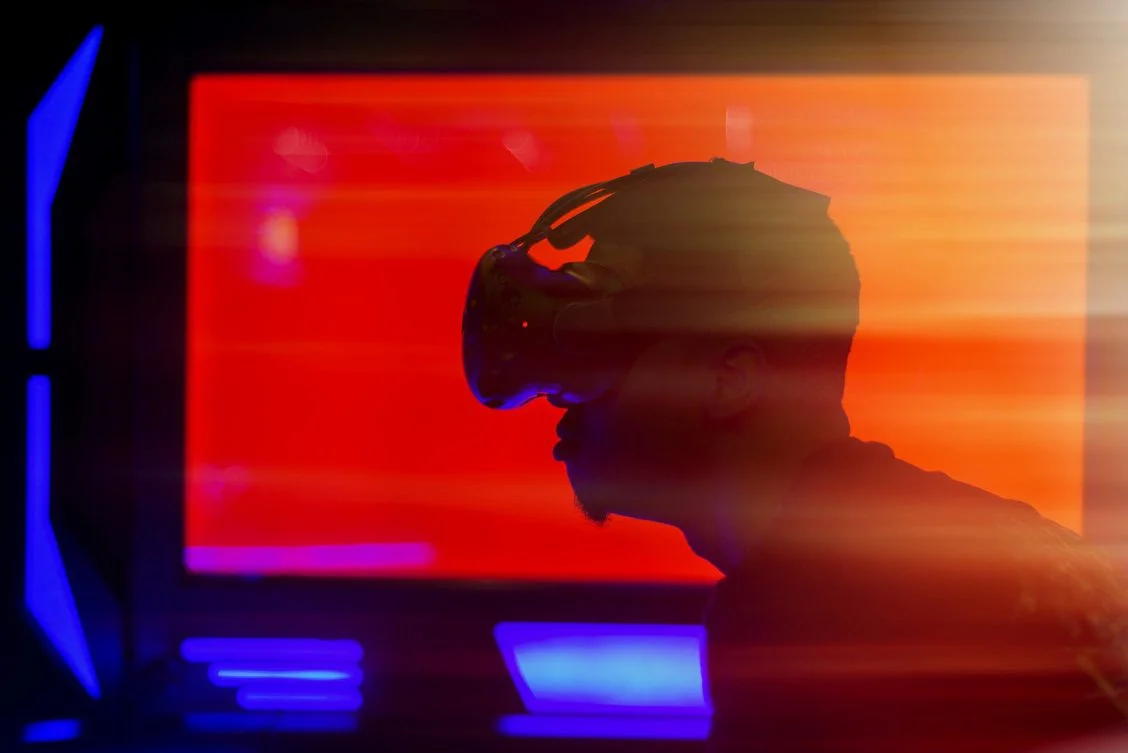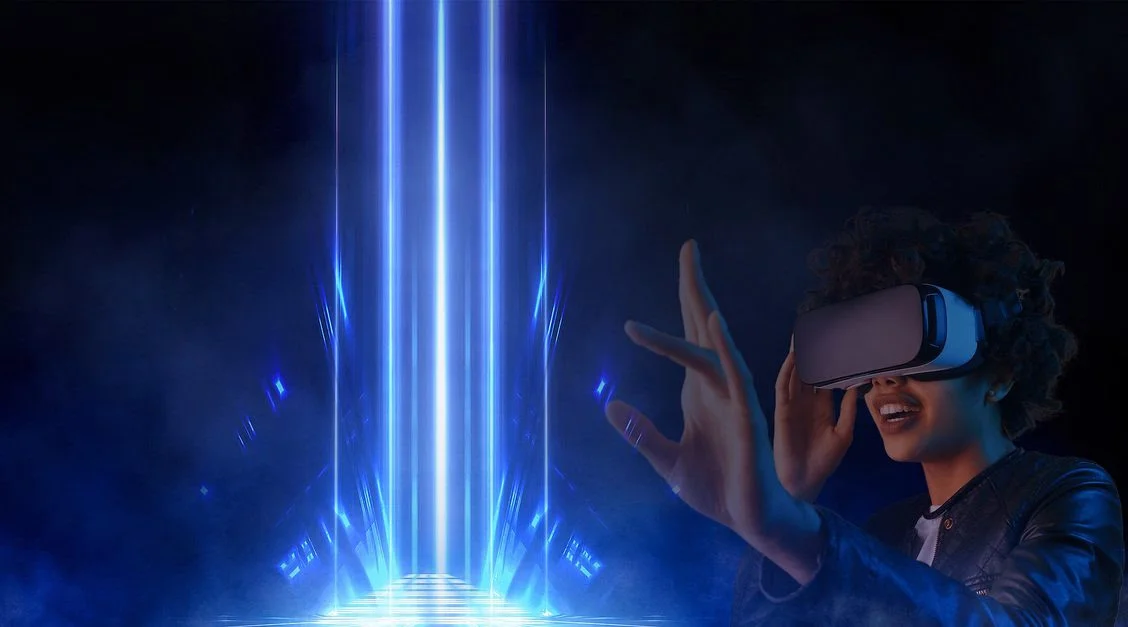Art and the Metaverse

The rise of the virtual world has drastically transformed the way we see and experience our world today. Indeed, the creation of a new reality – one parallel to the physical world, has paved the way for the skyrocketing success of other industries, such as VR, AI, and NFTs. From complete immersion in fictional universes through digital gaming, to virtual cinema, concerts, and plays, the metaverse simply knows no limits. Yet, how does the virtual world interact with the world of art? In what ways does crossing the boundary from the physical to the digital change our artistic experience?

One way in which the metaverse changes how we perceive art is through the creation of digital art markets. The problem of accessibility is one that is long-standing throughout the artistic sphere. The lack of diversity, often owing to barriers such as geographical distance and language, has been discouraging for rising new artists who wish to step foot into the art market. Yet, with a digital platform, virtual exhibitions enable the gathering of artists from across the globe to present their art in a shared digital space. Indeed, inspired by the cancellation of physical events due to the COVID Pandemic, Art Basel launched its series of online viewing rooms in 2020 that showcase its curated artworks to patrons from all over the world. Having witnessed the success of a virtual exhibition, the company plans to incorporate digital viewings alongside its physical exhibitions in the future.

For art creators, the lack of physical limitations not only renders selling artwork more convenient (online auctions, NFTs, instant transactions, etc) but furthermore opens up new opportunities in terms of artistic genre. From 3D sculptures set in virtual reality which can be experienced wearing VR headsets, to digital paintings of hallucinating cityscapes, the metaverse enables art creators to produce artworks unlimited by physical boundaries. Furthermore, by shifting towards a digital platform, the risks implied by the process of transportation and handling are also minimised.
The power of art relies on its power of interaction. A piece of artwork captivates the viewer emotionally, seeking to stimulate a particular response. Therefore, the integration of digital technology increases the possibilities of viewer interaction. Not only can virtual artworks be programmed to become tailored personally for each viewer, but they can furthermore invite the viewer to participate in the artwork itself. The Louvre museum, for example, launched a VR experience in 2019 which allowed the viewer to interact with the Mona Lisa painting, and furthermore immersively explore its history. Indeed, the metaverse not only allows for a more dynamic viewer-artwork interaction, but furthermore enables the establishment of social networks between art lovers. The digital profiling of the internet creates a socialising platform for art collectors sharing similar interests. In addition, it also gives art buyers the opportunity to connect with the artists themselves.

The rise of the metaverse has certainly shifted the way we experience art today. No longer limited to the physical, art lovers from across the globe, from all kinds of backgrounds are granted the opportunity to admire, participate, and create art. While there remains uncertainty surrounding the advantages of virtual reality, there is no doubt that the digital world will pave the way towards a more diverse and accessible future for art.